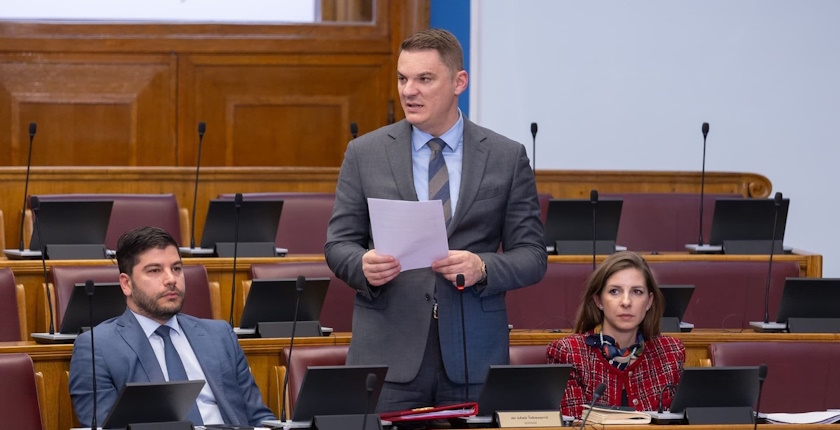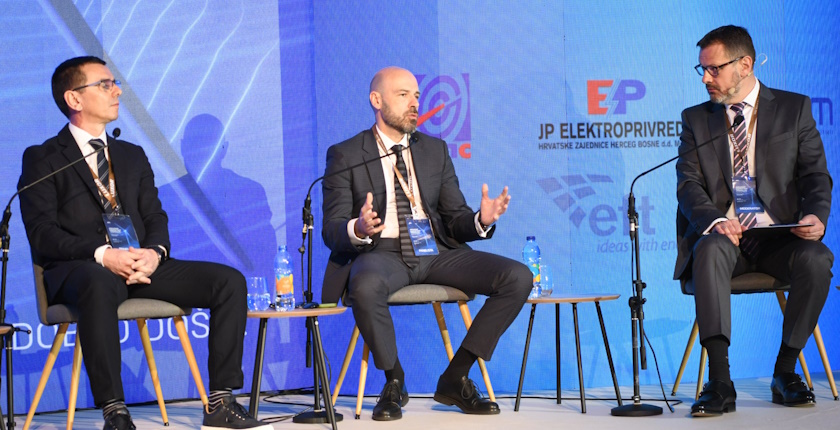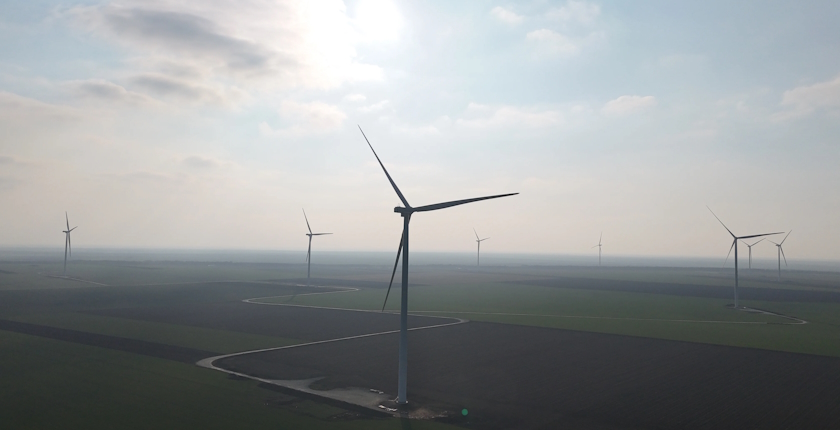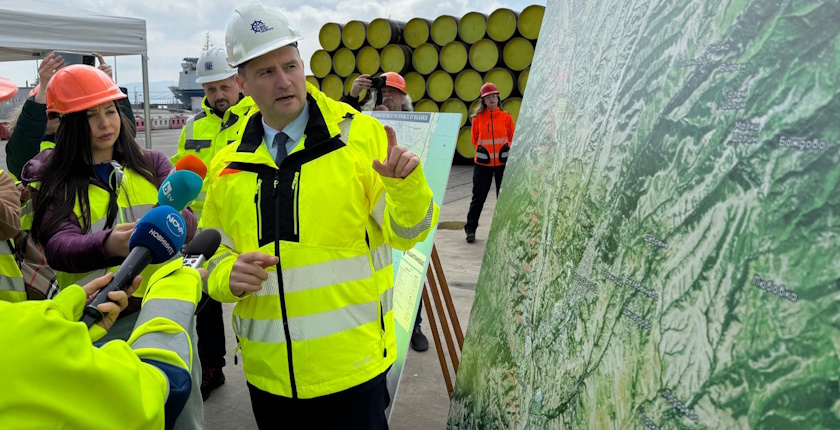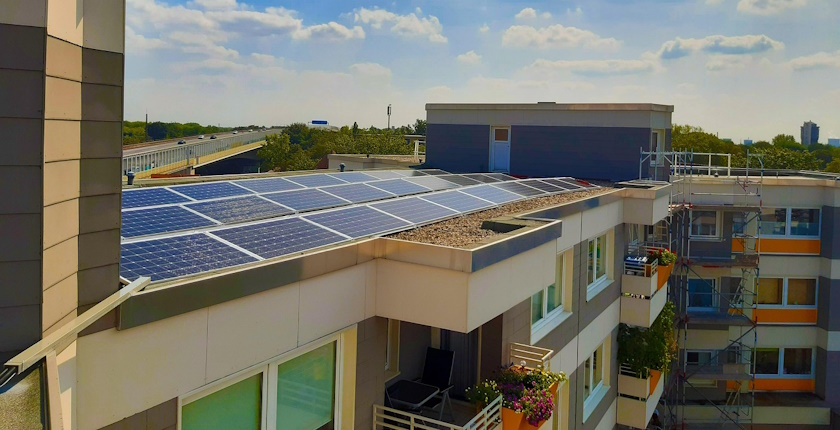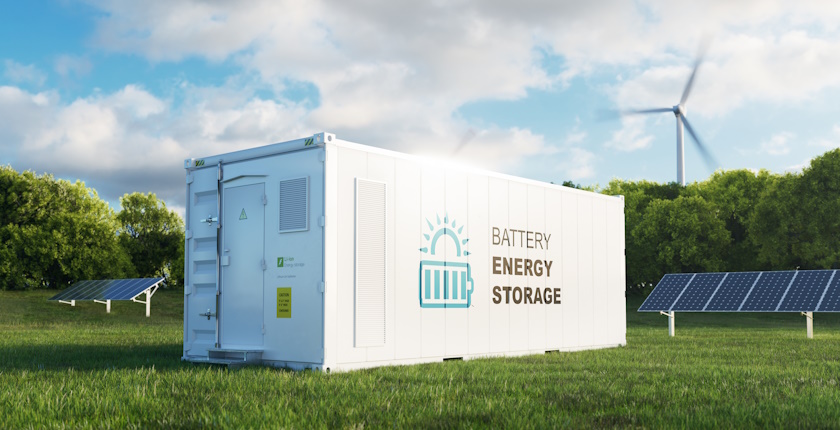
Montenegro’s EPCG discussed BESS project with companies from US, China, Japan, region
Elektroprivreda Crne Gore, owned by the Government of Montenegro, has held discussions with several companies and financiers from the region, Europe, and the world about its project for battery energy storage systems.
Elektroprivreda Crne Gore (EPCG) said in September that it started the preparations to install battery energy storage systems (BESS).
After the Board of Directors of EPCG adopted a project task proposal and initiated a procedure for the preparation of a feasibility study and project design, the first phase of the procurement is already underway, according to the company’s Elektroprivreda magazine. The tender includes battery systems with a capacity of up to 120 MWh per location, it revealed.
A study is under development with elements of a feasibility study, addressing specific technical characteristics, according to Zoran Miljanić, a member of the Board of Directors. He added that the company extensively scanned available market options.
More than 20 meetings were held
In his words, more than 20 meetings were held with various interested parties. They were BESS manufacturers, battery integrators, financiers, co-investors, and institutions offering technical assistance.
Representatives of companies from the United States, France, China, Japan, Bosnia and Herzegovina and Montenegro participated in the discussions, he stressed. The meetings helped EPCG understand the issues related to the technical characteristics of batteries on the market, the availability of equipment, and the speed of delivery.
The aim is to choose the optimal solution for the company, Miljanić underlined.
The locations foreseen in the project task are hydropower plant Perućica, EPCG Željezara Nikšić, and thermal power plant Pljevlja. The plan is also to install a 5 MWh battery near the 5 MW Kapino Polje solar power plant, for which a project is under development.
Three locations are being considered
The locations were chosen because of free space for solar panels and the connections to the transmission network, which makes it easier and faster to install the batteries.
Miljanić emphasized that changes are possible after the study is finished but that the said options are primary.
In his words, in the first phase of development of the BESS technology, integrating batteries with photovoltaic plants seemed like a good model to balance their variable production.
However, amid the accelerated development of PCS (Power Conversion System), BMS (Battery Management System), and EMS (Energy Management System) solutions, battery projects are planned as independent and in different sizes – from residential to power distribution to industrial and large systems – connected to the transmission grid and with a capacity measured in the gigawatt-hour range.

